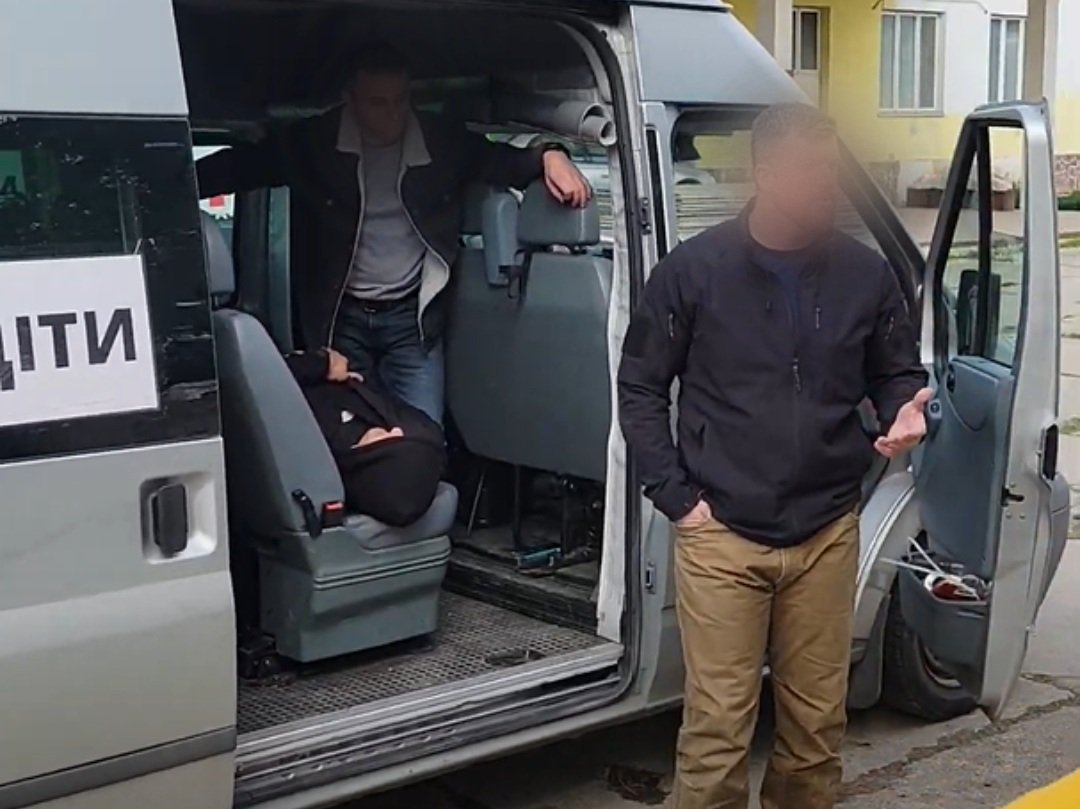Critical Incident Management
Conflict Regions
Finding insurance coverage for travelers working in conflict areas is almost impossible. However, we can uniquely provide insurance and war coverage to many conflict areas. It’s as simple as developing contingencies, identifying vetted resources in that region, and using our vetted insurance provider.
This service is provided to clients who contract with us before sending personnel to a conflict area.
Global Evacuation
Regardless of how well you plan, it is impossible to create contingencies for everything; that is where we come in. Our consultants can guide your organization through evacuating your people to safety. Ideally, evacuation plans are developed before disaster strikes, but with our experience and broad network of practitioners, we can help.
Personnel Recovery
To ensure safe recovery operations, plan ahead with professionals. We've been preparing for years and have a proven track record in providing organizations with the necessary information and processes to act responsibly.
Providing Evacuation Solutions During a Regional Crisis Event
In 2022, a "special operation" carried out by Russia in Ukraine posed a major threat to the safety of both the local population and expatriates residing in the region. As a result of the ensuing conflict, there was a need for large-scale evacuations. Unfortunately, neither the Ukrainian government nor several global businesses operating in the area were adequately equipped to deal with such scenarios. This left many smaller organizations operating in the conflict zones without any viable solutions.
Problem: In 2022, the conflict between Russia and Ukraine escalated to unprecedented levels as large numbers of Russian troops crossed borders in multiple regions. The resulting turmoil necessitated the evacuation of millions of people, including Ukrainians and foreign visitors. However, the lack of resources and plans for large-scale evacuations from the Ukrainian government and many global businesses operating in the region left many organizations, particularly smaller ones, struggling to find solutions. This has highlighted the urgent need for better preparedness for unexpected crises in conflict zones and a unique solution to address the crisis immediately.
Solution: Pete Morton, a trusted networker with extensive experience in security, provided multiple small non-profits and businesses with solutions to evacuate expatriates and local nationals from Ukraine during the crisis. He took in evacuation requests through his network of security providers, corporate security leaders, and government contacts. He coordinated with his network to attach small groups of refugees to larger groups being evacuated.
Pete also created a web application for processing and sourcing requests, which was integral to reducing confusion and ensuring requests were sourced and not lost in a chaotic group chat. He provided over 1000 local nationals and expats a pathway to safety outside the conflict region. He also grew his network of providers and connected organizations that could efficiently supplement each other's resources.
Results: In addition to the accomplishment of evacuating personnel, Pete also provided secure convoy and trauma first aid training to small groups of volunteers, ensuring continuity for those who would need to continue operating in the region.
Conclusion: Pete's approach to crisis management is to "plan for the worst, but be adaptive to respond to events you cannot foresee."





